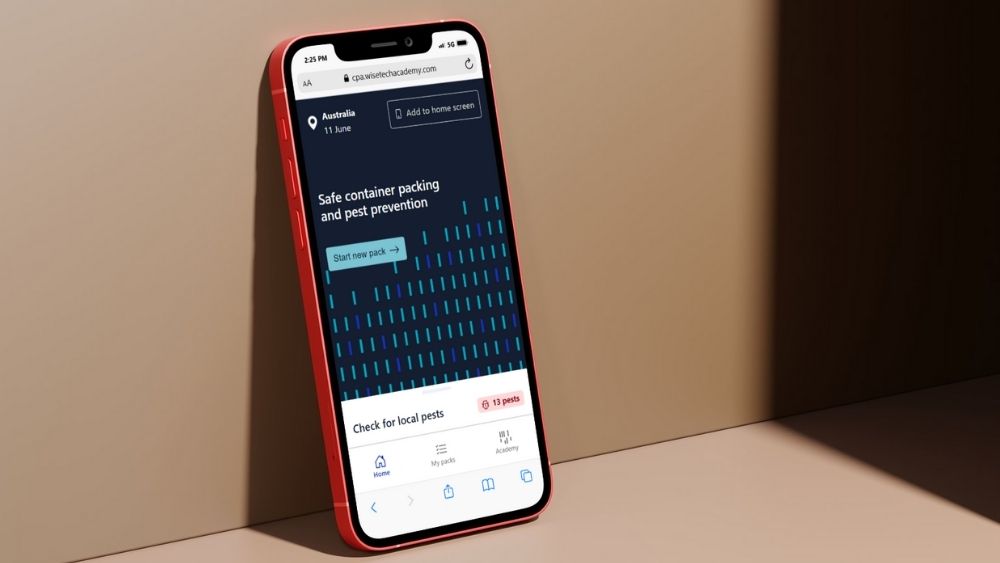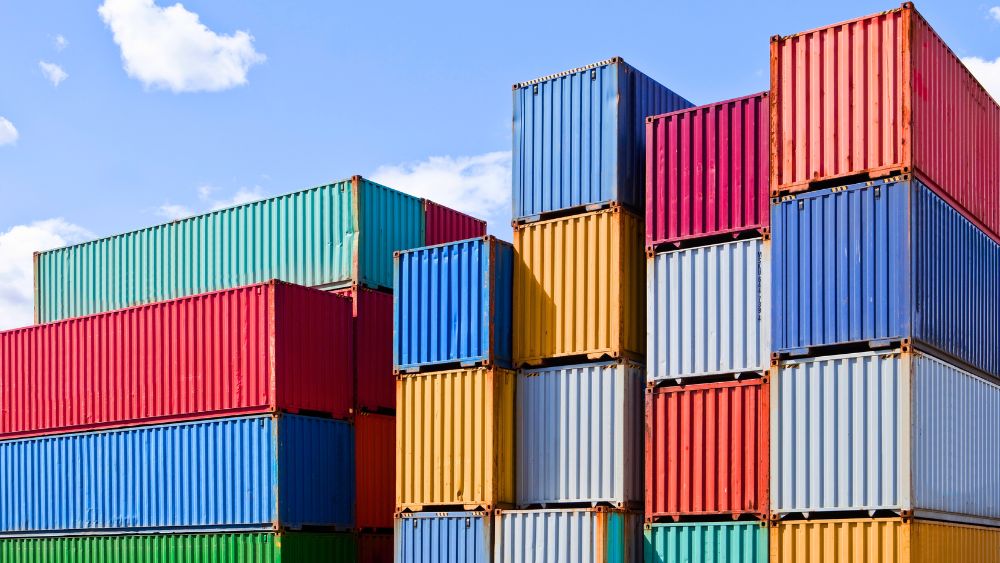The global guidelines on how to pack goods into trucks, rail cars and maritime containers are getting a facelift during 2025, which will provide greater clarity and guidance on this critical aspect of international trade and logistics operations.
The Code of Practice on the Packing of Cargo Transport Units – widely known as ‘The CTU Code’ - provides a one-stop shop of guidance, best practices and established techniques for how a wide range of cargoes should be safely packed or loaded for movement internationally by road, rail or sea.
Over the past couple of years, a group of government and transport industry experts (full disclosure: of which I was one) has been reviewing the current edition, which dates from 2014, and updating its contents to reflect standards, practices and knowledge in the 2020s.
The resulting texts are now to be authorized by the three UN organizations that sponsor publication of the CTU Code: the Economic Commission for Europe (UNECE), the International Maritime Organization (IMO) and the International Labor Organization (ILO). This month, the IMO’s Maritime Safety Committee is due to approve the authorization process and give a green light to a ‘summit’ meeting of the three organizations later this year that could see a new edition of the CTU Code being issued in early 2026.
One aspect receiving a complete makeover is how to prevent contamination of containers and cargoes by insects and other plant pests, which pose huge risks to agriculture, forestry and other natural resources in destination countries if they escape and become invasive. The new sections contain guidance developed by another UN agency, the Commission on Phytosanitary Measure (CPM), part of the Food and Agriculture Organization (FAO).
Another welcome improvement will be a clarification of who is responsible for which aspects of packing and handling cargo into a CTU in the often-complex interactions between senders of goods, freight forwarders, truckers, railroads and shipping lines as well as container terminals and depot operators. Guidance on the final step of unpacking a transport unit safely has also been revised and improved.
A further simplification (though it may not seem like it!) is that the new edition of the CTU Code will appear in two volumes, which will make its future updating more straightforward. A ‘core’ volume will cover the foundational principles of good packing practices, which are unlikely to vary much over time. The highly detailed advice on packing techniques, load restraint and use of cargo handling equipment will be published in a supplementary volume so that it can be updated more frequently to reflect advances in industry practice, technology and operational experience.
The safe and secure packing or loading of cargo is crucial to the safety of the truck, train or ship carrying it. About 150 million maritime containers are packed with cargo every year and nearly all reach their destination without incident. But a few that have developed problems have caused devastating losses and fatalities amongst transport workers and surrounding communities in several well-publicized incidents. Entire ships have been lost at sea allegedly due to mispacked cargo often resulting in widespread pollution and contamination of coastlines. Regulators are right to focus on this aspect of consignment and shipment procedures where the highest standards of planning and supervision should be applied. The CTU Code should be on the reading list of every business manager handling and packing cargoes in international transport.
To support these safety-critical procedures, WiseTech Academy has developed a micro-learning course on how to pack maritime containers based on the advice in the CTU Code and other industry sources.

This is supported by a unique mobile app that takes a user step-by-step through the container packing process in a question-and-answer format. The WiseTech Academy Container Packing App also includes detailed information on the detection and prevention of invasive pests with guidance presented depending on where in the world the user is working and the time of year. Check out the status of your favorite critters!
James Hookham is a Director of TenTenFifteen, providing guidance and support on international trade and transport to shippers and forwarders around the world. He has been a professional representative of the trade and logistics sector for over 30 years, first as a Deputy Chief Executive of the Freight Transport Association (now Logistics UK) and since 2018 as Secretary General of the Global Shippers Forum, the voice of cargo owners in international supply transport.
He is a graduate in Environmental Science from the University of Bradford and completed a Masters degree in the safe transport of dangerous goods at the University of Manchester.
Want to take the next step?
WiseTech Academy is dedicated to democratizing logistics education, making it easier for everyone, regardless of experience, to succeed in the industry. Explore our full range of courses and find the right diploma or certification for you.

